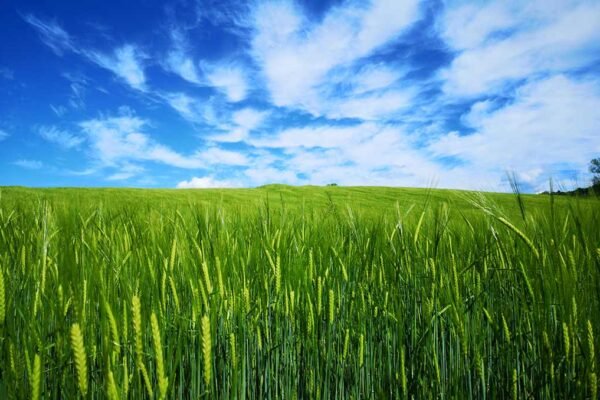Biodiversity
- Home
- Sustainability Law
- Biodiversity

Biodiversity (CBD)
At the United Nations Framework Convention on Climate Change, the United Nations Framework Convention on Climate Change also made a number of important agreements and agreements between the countries that met as part of the comprehensive strategy for sustainable development. One of the agreements adopted at this conference is the Convention on Biological Diversity, also known as the ‘Convention on Biological Diversity’ (CBD). It has been agreed that the countries strive to conserve, protect and use their biodiversity in a sustainable manner. Biodiversity is defined as “the variability in organisms from around the world, including terrestrial, marine and other aquatic ecosystems and the ecological relationships of which they are part”. Biodiversity is thus a broad concept, which concerns in particular the variation within species (genes), between species and between ecosystems. This definition of the CBD is also used in Dutch policy.
In practice, biodiversity provides various services and products to society and the economy and as such is indispensable. Examples of such services include pollination of food crops by insects, wood formation by trees or water purification. Human activities, such as the conversion of nature into agricultural land, its use by buildings and traffic, and the influx of fertilizers and chemicals, put biodiversity under pressure worldwide. However, different institutions depend on ecosystem services. When it comes to pollination of food crops, for example, agriculture gets into trouble when the bees disappear. In addition, in that case financial institutions also run a risk that finance the economic activities of companies with a high dependence on ecosystem services.
Due to the great importance of biodiversity for society and the economy, the Convention on Biological Diversity has the following objectives:
- Ppreservation of biological diversity;
- Its sustainable use;
- Fair distribution of costs and benefits from biodiversity.
We are Always Ready to Assist Our Clients
Law & More has at its disposal a dedicated team of multilingual lawyersVarious guidelines have now been drawn up in order to implement these objectives. At European level, the biodiversity goals are elaborated, for example, in the EU biodiversity strategy with the following important pillars:
- The implementation of the Birds and Habitats Directive (BHD), with Natura 2000 as the main instrument, the European network of protected nature areas;
- The European Water Framework Directive (WFD), with river basin management plans as important instruments;
- The Marine Strategy Framework Directive (MSFD), which focuses on strategies to protect and preserve the marine environment.
At a national level, the Netherlands has also set a number of biodiversity targets and has taken measures. For example, the Netherlands has also designated Natura 2000 areas that are part of the Nature Network Netherlands (NNN), new nature has been added since 2011, and since 2005 the barrier effect of many infrastructural bottlenecks has been removed with the help of Eco ducts and other passages. However, this does not mean that things are in order at national level in the light of the above objectives. For example, commercial fishing can be even more sustainable and there are still too many species loss. As a result, further developments to prevent biodiversity will also follow. However, the foregoing does not only apply at national level. In November 2020, countries will meet again during the Conference of the Parties (COP) in China. There they speak again about goals to strengthen biodiversity worldwide. Naturally, these developments will be closely monitored by Law & More experts.
As a company, are you dependent on ecosystem services, do you want to know which laws and regulations apply to your company in the context of biodiversity, are you dealing with biodiversity in a different way and do you want to know what we can do for you? Then contact Law & More. Our lawyers are experts in the field of sustainability law and biodiversity and are happy to help you.
- Environmental Law
- Environmental Act
- International climate framework
- Climate jurisprudence
- The international sustainability debate
- The European Green Deal
- Emission Allowances
- Innovation
- Trade in endangered animal and plant species (CITES)
- Trade law
- Consumer law
- Corporate Social Responsibility
- Sustainability clauses in commercial contracts
- Financing
- The Energy Investment Allowance (EIA)
- The cartel prohibition and sustainability
Contacts
Address
De Zaale 11
5612 AJ Eindhoven
The Netherlands
Do you want to know what Law & More can do for you as a Dutch Law Firm in Eindhoven?
Then contact us by phone +31 40 369 06 80 or go to the contact page for more information:




